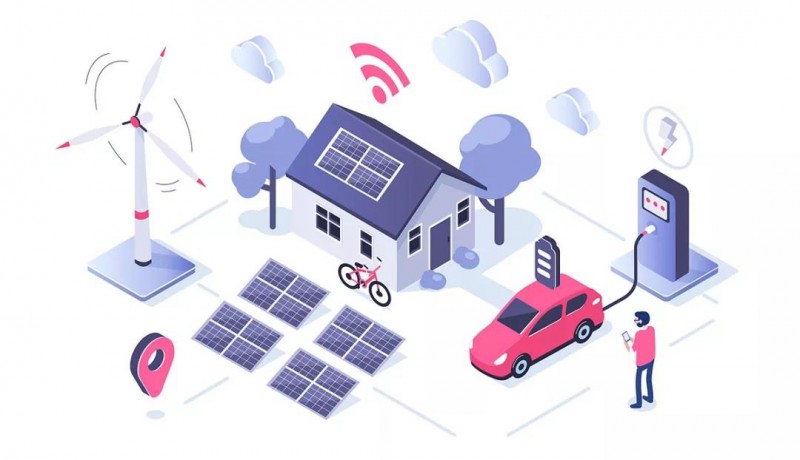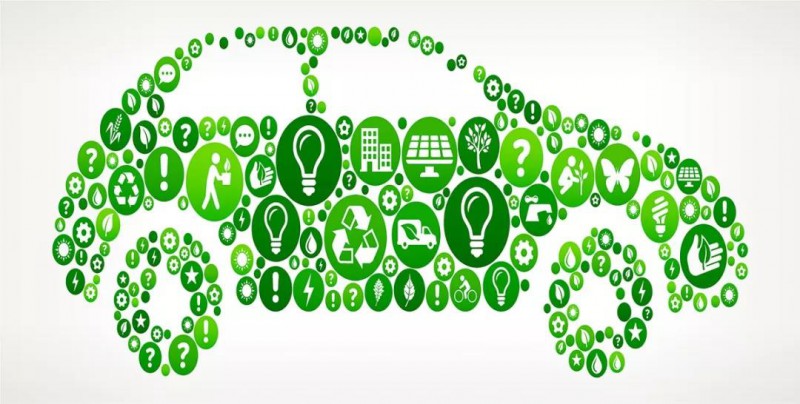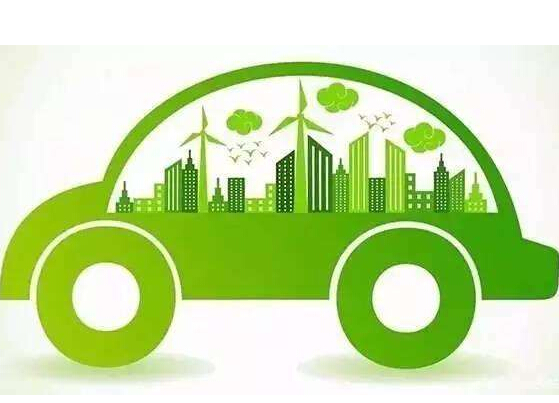The city is the main body of energy consumption, which determines the pattern of energy development to some extent. In recent years, the rapid development of clean energy, whether it is the large-scale promotion of natural gas or the rapid development of renewable energy technology, is reshaping the new urban energy use.
As environmental pressures increase, the requirements for environmental protection not only fall on the burden of energy, but also fall in the field of transportation. "Every innovation in the energy system has brought tremendous changes to human society." Zhang Xinsheng, chairman of Shell China Group, said in Xi'an, Shell 2018, "Shell", the future innovation energy carnival.
Low carbon path diversification
The Paris Agreement on Climate Change in December 2015 is an iconic document that provides a practical blueprint for solving the most difficult problem facing society in just 25 pages. The purpose of the agreement It is to make the global average temperature rise much lower than the previous industrial level of 2 ° C or more, and strive to limit the temperature rise of the previous level of industrialization above 1.52 ° C.
In order to achieve this goal, Shell released the "Sky" Vision Report, calling for the balance of human-sourced greenhouse gas sources in the second half of this century. This emphasis on "balance" - also known as "net zero emissions" - It is an important development, so it is recognized that the increase in surface temperature is directly related to the total amount of carbon dioxide accumulated in the atmosphere. If the total cumulative emissions exceed the critical value, then it is necessary to achieve “net negative” emissions beyond near zero emissions, ie extract carbon dioxide from the air instead of continuing to discharge, in which case the global average surface temperature may fall.

The agreement is currently being implemented and most governments respond quickly to the call for approval and delivery of the first national contribution. A new coalition of government-led carbon pricing and phase-out of coal has also taken shape. But this daunting task has just begun, and success is promising, but not at your fingertips.
The Report predicts that there may be a different energy system than it is before 2070. Under this energy system, human production and life will not have irreparable consequences for the climate. The path to different low-carbon energy systems in different countries and industries may be quite different, and consumers, businesses and governments may face difficult choices in the process.
Travel cleaningThe "Report" predicts in a long-term way that the 2050 passenger cars will all be electric vehicles. One of the reasons is that in the bustling cities, office workers enjoy the freedom and convenience of unmanned electric vehicles.
The Global Clean Energy Ministers Meeting was established after the Copenhagen Climate Conference in 2009 to encourage a global transition to a clean energy economy. One of the early actions was the electric vehicle program, which aims to have 20 million electric vehicles worldwide by 2030, and in 2030 The new car sales at the electric car sales station is 30%, and the UK promises to gradually stop selling internal combustion engine passenger cars by 2040.In the "sky" vision, this transformation is much faster than expected, and as early as 2030, half of the global car sales were electric cars. Another reason for the rapid rise in the number of electric vehicles is related to the excitement of this new option. For example, in the “sky” vision, the standardized car chassis design is combined with the battery or fuel cell structure in a nearly flat form. Transportation to local companies Local companies use 3D printing technology for custom bodywork.

In this case, benefiting from new manufacturing methods and providing a fully customized customer value proposition, the popularity of electric vehicles will increase, and the emergence of customization will make up for the loss of engine power, the change and assembly. The emergence of production lines is equally profound.
The Report also pointed out that biofuels will play a key role in the energy transition in the transportation sector. The continued dependence on high-energy-density liquid fuels, coupled with the need to respond to CO2 reductions, will allow biofuels to expand rapidly, although first-generation fuels (such as sugarcane ethanol) will not begin to decline until the middle of this century, aviation, land and shipping. The increase in the use of biomass synthetic fuels will stimulate the further development of biomass energy. This fuel can be obtained from a wider range of biological materials, thereby reducing dependence on crops.
















 RCCN WeChat QrCode
RCCN WeChat QrCode Mobile WebSite
Mobile WebSite




